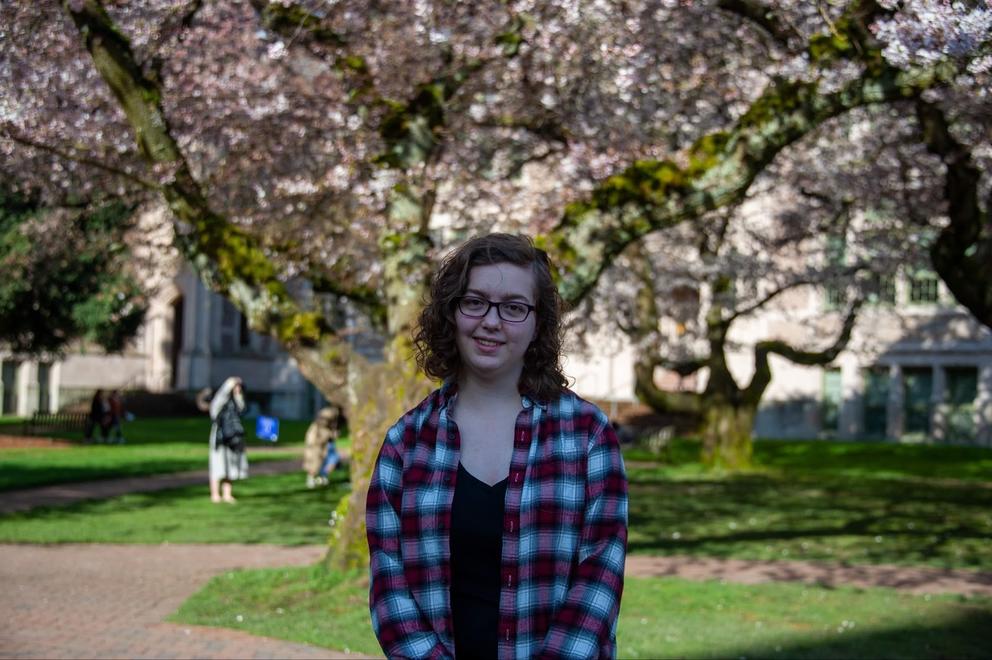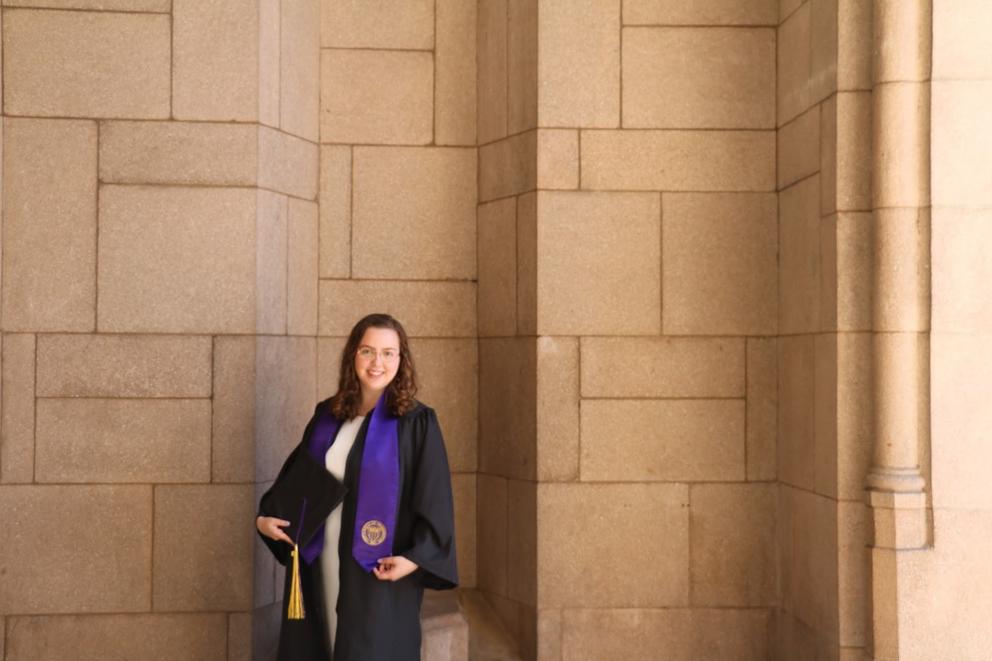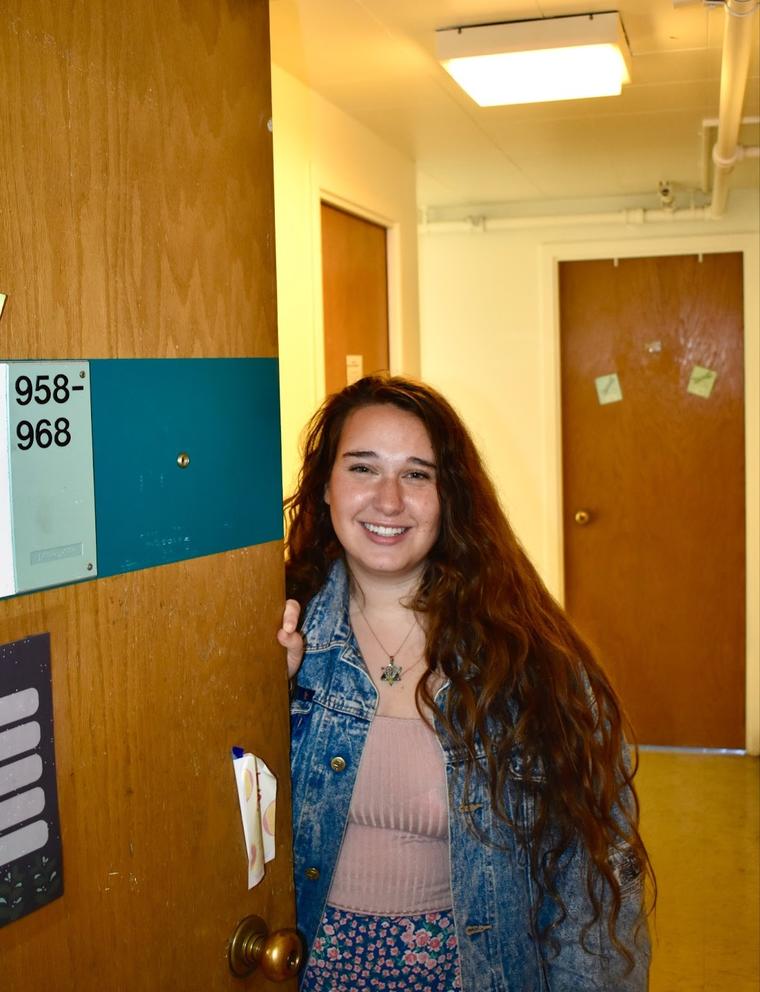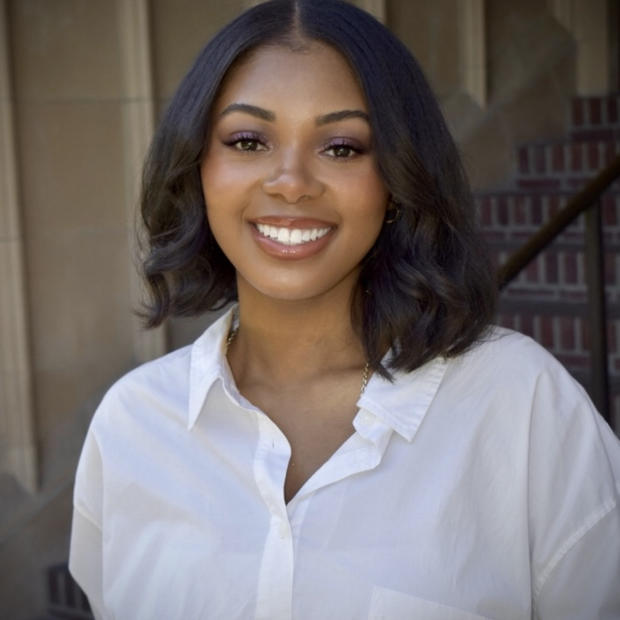Across the board, more Washington-based college students are choosing single-occupancy dorm rooms, even though fewer students are living on campus than before the pandemic. These preferences are influenced by persisting COVID-related health concerns and a general desire for personal space, according to data from three Washington universities.
Whether or not students’ preferences are met, their request for single-occupancy rooms remains. Born a Californian but raised a Seattleite, Julia Owens was a bright-eyed first-year student at the University of Washington in 2019. She and a friend from middle school reunited to live on campus their first year. Conveniently living steps away from her classes, Owens was eager to create lasting memories.
Then COVID happened.
“Coming in as a freshman, I wasn’t expecting a global pandemic to hit,” Owens said.
From then on she chose a single room. Owens became a resident adviser during her second year at UW, which was completely virtual.
During Owens’ first quarter, only 6% of students said they were hoping for a single room. In fall 2022 about 13% requested a single, according to the UW Office of Housing and Food Services.
Talia Segal, a first-year UW student, was one of the 13%. As an out-of-state student, Segal had a later housing registration date.
“I was signing up to pick a dorm, McMahon was the only building available, so I didn't have much of a choice in it being McMahon and I was a little concerned just because it is cluster-style,” Segal said. “It's a lot of girls sharing only one bathroom, so there's 10 of us and it's kind of like a confined space.”
UW’s undergraduate housing has diverse dorm styles, from single-occupancy rooms with private bathrooms to cluster suites. Having a parent with immunocompromised respiratory issues, Segal was mindful of the health risk of living among others.
“Being in a closed space with 10 girls, as opposed to just one other roommate, was more concerning for me because I saw firsthand what would happen if somebody who was immunocompromised got COVID, or anything of the type,” she said.
Similarly, Owens says her family was cautious of health threats. She worked to avoid any unnecessary human contact, using Zoom as her primary method of social interaction during the time UW sent students home, then taking advantage of hybrid courses when in-person college resumed.
Andrew Frei, assistant director of housing operations at Washington State, has also noticed a trend in preference for single-room assignment. At WSU, those preferences are often linked to a student’s medical condition, he said.
“Even though we have fewer students living on campus, we have a higher number of single-room requests,” Frei said.
WSU’s housing assignment process lets students rank their housing preferences. Those selecting a single can also select an option that prioritizes a single regardless of their assigned housing hall. In other words, they are selecting a single above all else, Frei said.
In January 2020, more than 4,000 students lived on WSU’s campus – 31% of them preferred singles, and 21% requested a single above all else.
Three years later, in 2023, fewer than 4,000 students lived on the WSU campus – 41% preferred singles, and 29% requested a single above all else.
Living single has its pros and cons. Frei says WSU identifies an increased need for conflict resolution and has had to address more destructive acts, like vandalism, on campus since fewer students have been living in rooms together.
For these reasons and others, some universities are trying to push back on the single-room trend. Socially acclimating first- and second-year students to campus culture has been an adventure for Richard Henderson, assistant director for resident life at Western Washington University.
He says the social barriers of virtual high school, and COVID-related concerns, influence incoming freshmen’s desires for personal space.
“[A] first-year student’s fifth year of high school is their first year of college in some ways,” he said.
Each quarter, Western Washington University Resident Life works to generate social connections through their Intentional Conversation meetings. During these conversations, Resident Life staff set up 30-minute meetings with each student in their dorms, to gather information to support them. Henderson says some of those needs include organizing themed activities that reflect experiences first-year students may have missed in high school, like prom-inspired dances.
WWU housing offers traditional halls and suite-style apartments that include single-, double-, or triple-person occupancy.
In fall 2022, about 15% of Western students were hoping for a single room, compared to fall 2019 when just 8% requested a single, the school reported.
Human interaction was also a college goal for Owens once UW resumed in-person learning. Owens says she was eager to reestablish friendships lost during the pandemic. She encourages first-year students to branch out, even while she has chosen to remain in a single for her third and fourth year.
“You only experience college once,” she said.





